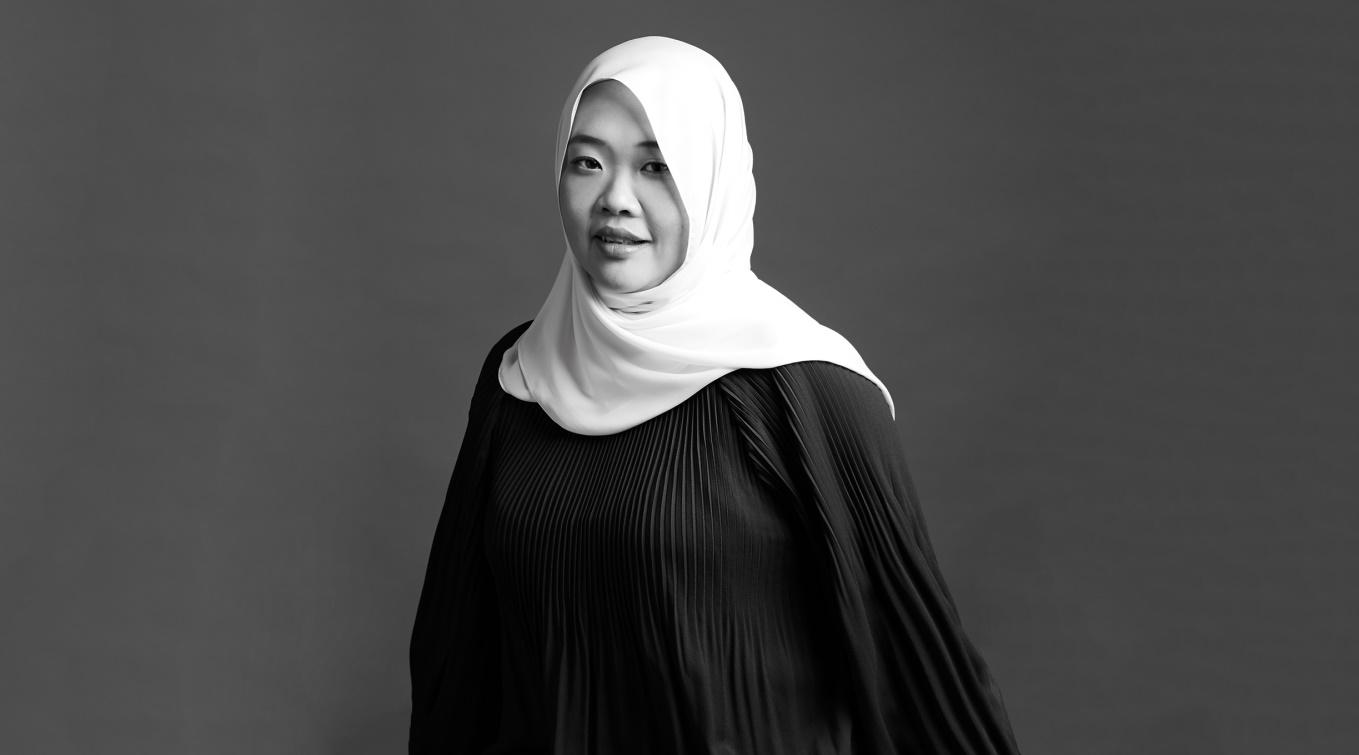By Nur Hidayah, Dean, Faculty of Design, LASALLE College of the Arts
The next big thing in design is not going to be a new style of font or a penchant for primary colours.
Design, and design education, is about developing a way of thinking that can make everyday life easier to navigate.
From the way you move through a hospital, to integrating community needs and government departments, design makes a major impact on our lives.
The COVID-19 pandemic has brought these concerns to the forefront more than ever.
Navigating through changing cultural and social contexts, designers must identify and reimagine their roles today.
Nowadays, there are many different types of design and designers.
These range from social design, transformation design, user interface design to app design, as well as the more traditional formats like fashion, interior and graphic design, which have also crossed over into other areas due to changes in technology.
The designers we are educating today may never work in one single sector of the design discipline.
They are more likely to work over a very diverse range of projects, where they do not stop at simply designing an object but also design everyday experiences and systems of thought.
The shift in a designer’s role also necessitates a change in how we deliver design education.
What is the role of design as a discipline?
Design is no longer a one-off proposition. The discipline has become extremely multifaceted, very layered and composed of various design roles.
Now designers work on everything from a single website design, to a large-scale government community project — often at the same time. This is already happening.
Virgil Abloh may be known primarily as a fashion designer, but he is also a musician, an interior designer, an author and a creative director who turns his hand to anything that interests him.
He is able to implement his design thinking for multiple successful outcomes.
Such multi-hyphenated roles have become common today and designers are often entrusted with increasingly complex challenges.
For a long time, design educators have been aware that the industry is changing.
We know the jobs of today will not be the same as the jobs of tomorrow.
This is why at LASALLE College of the Arts, we have positioned ourselves to be a training ground for a variety of design options, but more importantly we are a learning environment for the overall discipline of design.
It is important that other educational institutions follow suit. The overarching aim should be to train designers to hone their discipline-specific skills and develop multi-disciplinary approaches, while having an open, reflective and critical overview of the role of design, as well as where and how design can contribute to societal, cultural and economic developments.
Moving design into industry
This moment in history is about how our experiences are changing.
The pandemic has opened up opportunities for design to be used to improve people’s lives.
How we communicate, how we work, how we support isolated people, how we deal with new medical requirements, negotiating new systems and processes to help solve or alleviate these problems.
There are so many areas where we can align design and improve on the interconnections across industries, communities and individuals.
For instance, at LASALLE, we have just introduced Computation in Design for students in the School of Design Communication.
While the pandemic has given new relevance to the role of computation and technology in design, we have in fact been developing this new track for several years.
However, we aimed to integrate it holistically into our learning and teaching, rather than separating it into a standalone module.
Design, after all, is about how parts come together to be greater than the whole.
We have embedded computation-in-design exercises, practical projects and digital skills and elements into the existing curriculum to bridge different disciplines.
Students acquire an understanding of computational design and skills which are related, relevant and applicable to their current design practice.
What is most important is that the students are given a grounding in how to engage their minds to solve problems, to have a balance in understanding the practical requirements of their subject, but also how to implement those same problem-solving skills in other areas. When our students enter the workforce, they will be able to move into a wide range of both design and non-design industries.
Empathy starts at home
Based in Singapore, our students need to consider that location, culture and geography are also important parts of their work.
Design education in Singapore has often focused on being a part of the international design industry, investing a lot in creating opportunities for students to work on a broader, global scale.
However, the upheaval of a global pandemic has allowed us to look more closely at our local environment, to both celebrate our own successes, and also examine issues that Singaporean designers can help to solve.
Most importantly, the ability to move through a variety of perspectives — from local to global, from small to large, from retail business to social enterprise — comes from the empathy that is inherent in the discipline of design.
I believe our most vital work as design educators is training empathetic designers who can walk in others’ shoes. Only then can a designer truly solve important social problems and serve others.
This also addresses the concern that future design jobs will be taken over by computer programs or artificial intelligence (AI). Such discussions of AI miss the point — it still takes the creative, empathetic mind of a designer to integrate new technologies into the human-centric world of needs and demands.
We nurture empathy by giving students the space to reflect, develop self-awareness, and understand the communities they serve as a designer. That’s why I believe it is important that we start at home.
The Singaporean design student of the 21st century is highly passionate about designing their own learning experiences, based on causes and existing day-to-day issues that they care deeply about.
Some projects our students and alumni have been involved in range from a redesign of MRT signage, to nudging consumers into making more eco-friendly choices with bubble tea packaging, to translation tools that facilitate better communication between healthcare workers and migrant workers affected by COVID-19.
In design education, it is not necessarily the final product, the “design” itself, which is important.
We emphasise the process: the “designing” and the thinking behind it.
We create an environment where students have the time and space to navigate between ideas and physicality, between economy, practicality and the human touch.
Design is at its most exciting and impactful when it can trigger meaningful change.
I see design as a new agent of literacy, a way of thinking about the “new normal” we are experiencing. As educators, our role has always been to equip our students with that literacy. It will be their greatest asset not only in the present pandemic, but well into the future, no matter what path they pursue.
Story reproduced from Design and Architecture. Access the original story here.




